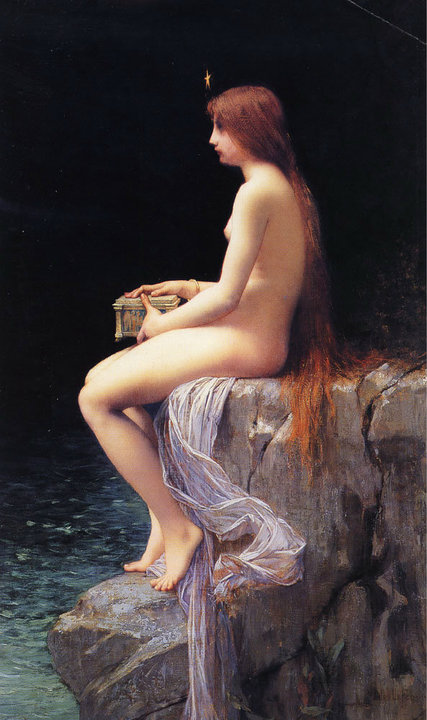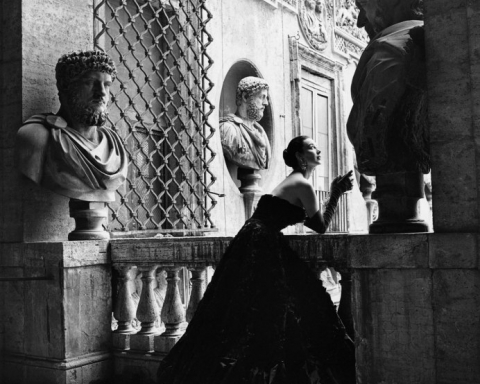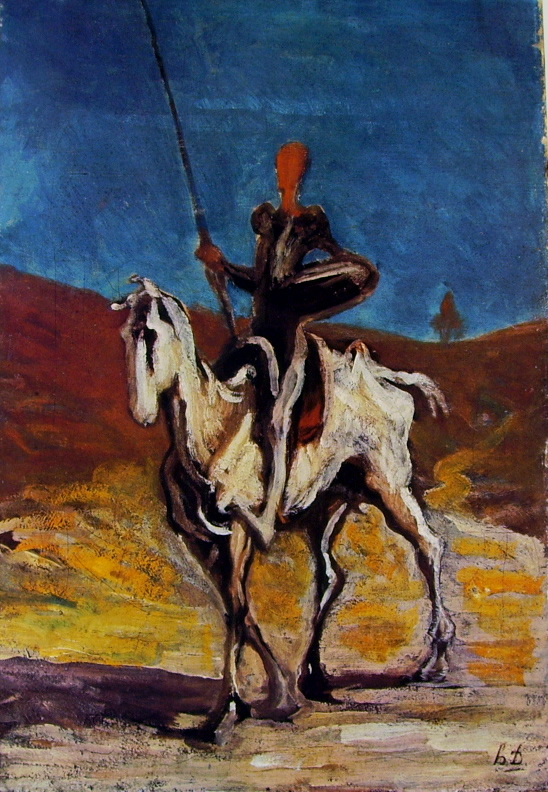 “Pandora” 1882 by Jules Joseph Lefebvre
“Pandora” 1882 by Jules Joseph Lefebvre
In Greek mythology, Pandora (ancient Greek, Πανδώρα, derived from πᾶν “all” and δῶρον “gift”, thus “giver of all”, “all-endowed”) was the first woman. As Hesiod related it, each god helped create her by giving her unique gifts. Zeus ordered Hephaestus to mould her out of Earth as part of the punishment of mankind for Prometheus’ theft of the secret of fire, and all the gods joined in offering her “seductive gifts”. Her other name, inscribed against her figure on a white-ground kylix in the British Museum, is Anesidora, “she who sends up gifts, up implying “from below” within the earth. According to the myth, Pandora opened a jar (pithos), in modern accounts sometimes mistranslated as “Pandora’s box” , releasing all the evils of mankind— although the particular evils, aside from plagues and diseases, are not specified in detail by Hesiod — leaving only Hope inside once she had closed it again. She opened the jar out of simple curiosity and not as a malicious act







